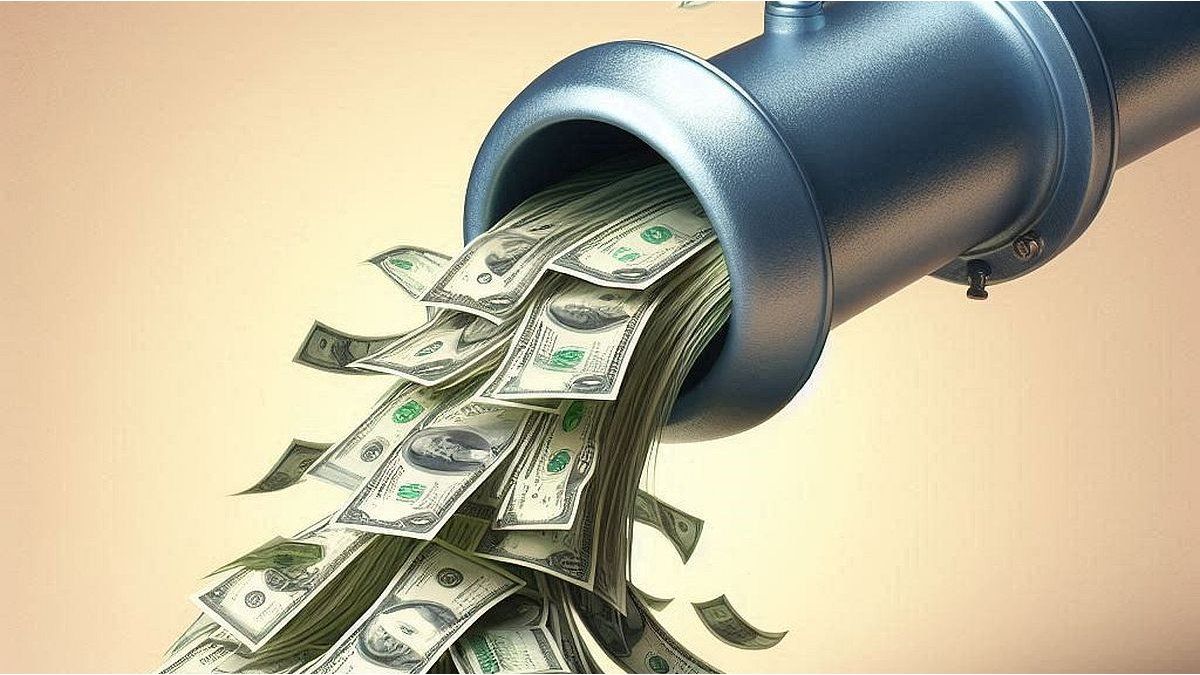The market estimates that the government could consider the plan successful if between US$20 billion and US$30 billion are externalized. Of that total, a quarter could consist of dollars that reenter the country, which could help the BCRA increase its reserves. This is not a significant figure if we compare it with the money laundering of the management of Mauricio Macri in 2016, when US$116.8 billion were externalized.
In this context, with the aim of making money laundering a more attractive opportunitythe strategy turned towards including more and better benefits and incentives in order to seduce those who are still not convinced. Perhaps the most tempting and important thing is that the rate for laundering is 5%, that is, half of what was paid in the first stage of the plan launched by Macri (10%). In addition to this lower rate, there is a generous possibility of entering without paying taxes.
Money laundering: why shouldn’t it be more successful than the previous one?
If this whitewash is more attractive, why wouldn’t it be more successful than the previous one? The bad experience of many who participated in the last asset regularization plan puts to the test the possibility of achieving a good result and meeting current expectations. In his money laundering program, former President Mauricio Macri had promised to gradually reduce the Personal Property Tax to 0.25%, but finally left the rate at 0.75%.
Then, Alberto Fernandez The coup de grace was given by raising that level to 1.50% and up to 2.25% in the case of accounts abroad. The bet was doubled with the so-called “Wealth Tax” at the end of 2020, during the pandemic. Thus, many of those who had entered the 2016 whitewashing under the promise of paying 0.75% for Personal Property, found themselves paying between 5% and 7% of their assets in 2021. Some, directly, chose to emigrate to stop paying taxes.
On the other hand, it should be noted that an indirect incentive is that the automatic information exchange treaty with the United States – signed by the former Minister of Economy, Sergio Massa– is already in effect, which means that the first report will arrive in September of this year, with information from the previous year. In this context, those who have undeclared accounts in the United States will be very exposed: The fear of being listed could motivate many to declare assets that are currently hidden.
So, while a rate 50% lower than in 2016 undoubtedly shows a more attractive outlook for those considering laundering their capital and the treaty with the US makes it strategic to launder, the challenge of seduction will be for the Government to generate the necessary confidence so that those who stumbled upon the tax promises of the past, now dare to bet once again.
For those who are conquered and decide to get involved in the Asset Regularization Regime According to Milei’s management, the key to taking advantage of this opportunity will be knowing which assets to acquire to avoid sanctions. These assets include Negotiable Bonds, Shares of Mutual Funds, Stocks and Trusts.
Source: Ambito
David William is a talented author who has made a name for himself in the world of writing. He is a professional author who writes on a wide range of topics, from general interest to opinion news. David is currently working as a writer at 24 hours worlds where he brings his unique perspective and in-depth research to his articles, making them both informative and engaging.




